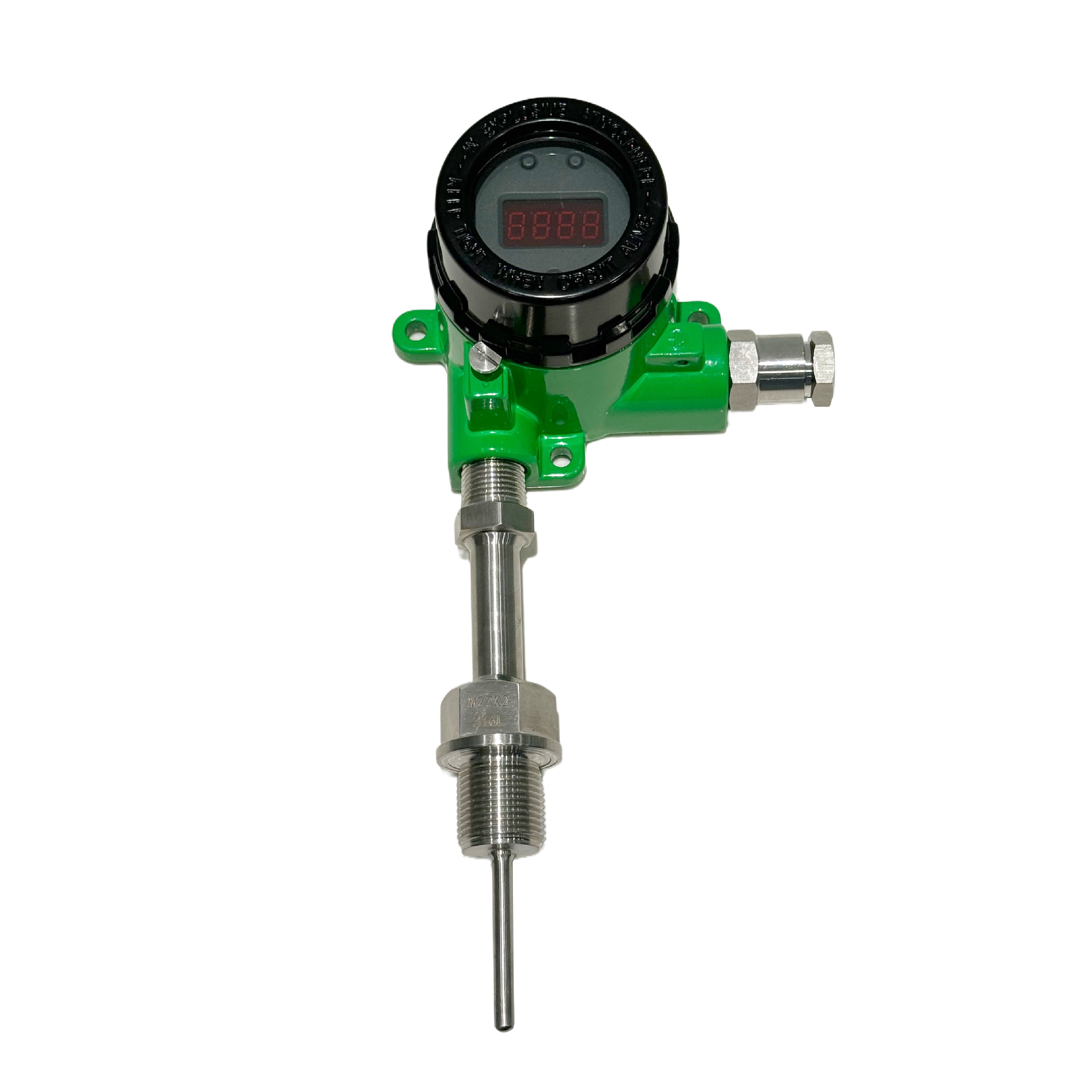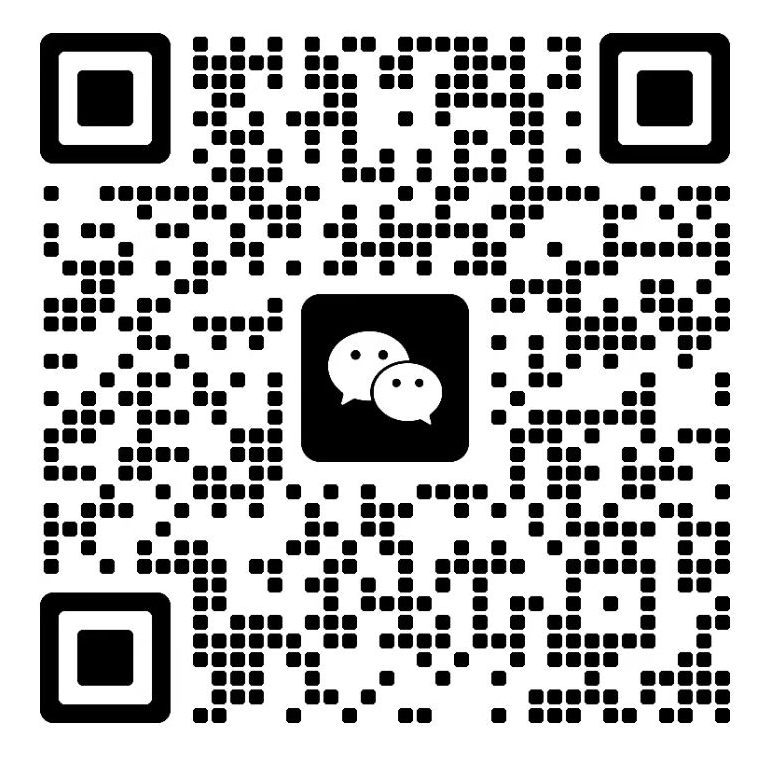In chemical plants, the impact of electromagnetic interference on temperature transmitters cannot be ignored. Temperature transmitters play a crucial role in chemical plants; however, electromagnetic interference can lead to inaccurate measurement results. The sources of electromagnetic interference are varied, including the operation of large equipment, lightning ground faults, and the switching of inductive components in circuits, all of which can generate electromagnetic interference.
These interferences can have numerous negative effects on temperature transmitters. On one hand, they may lead to measurement errors, causing the temperature transmitter to output inaccurate values that do not truly reflect the actual temperature. On the other hand, electromagnetic interference might cause interruptions in data transmission, affecting the communication between the temperature transmitter and other equipment, resulting in the control system’s inability to obtain accurate temperature information in a timely manner. In severe cases, electromagnetic interference can even damage the temperature transmitter, reducing the equipment’s lifespan and increasing the operational costs of the chemical plant.
What are the methods to ensure the accuracy of temperature transmitters?

1.Choose and use correctly
Selecting the appropriate model and specifications is crucial for ensuring the accuracy of temperature transmitters in chemical plants where electromagnetic interference exists. It is important to ensure that the measurement range covers the possible temperature range in the chemical plant, the precision level meets the precise requirements for temperature measurement, and the response time is short to reflect temperature changes in a timely manner. As indicated in the selection materials for temperature transmitters, the measurement range should be determined based on actual application needs, as different transmitters are designed for different temperature ranges. The precision requirements should be chosen based on actual needs to avoid unnecessary cost increases.
Correct installation according to the product manual is also key. Ensure that the sensor part has sufficient contact with the medium being measured to avoid measurement errors due to improper installation. For example, when installing a thermistor transmitter, it should not be placed too close to doors and heating sources, and the insertion depth should be at least 8 to 10 times the diameter of the protective tube; the space between the thermistor’s protective sleeve and the wall should be filled with insulating material to prevent convection of cold and hot air, which could affect the accuracy of temperature measurement. When installing an integrated temperature transmitter, it should be mounted horizontally or vertically to avoid errors in the indication due to tilting; the surface temperature of the indicator housing should not exceed the maximum environmental temperature, the junction box should not come into contact with the wall of the container being measured, and strong vibrations should be avoided; for thermistors and thermocouples with temperature transducers, the installation location should be free from radio frequency interference.
2.Regular calibration and maintenance
Regular calibration is an important measure to ensure the accuracy of temperature transmitters. Calibration can be performed by a qualified metrological institution or through self-calibration using a standard temperature source. The frequency of calibration can be determined based on actual conditions, but it is generally recommended not to exceed one year.
Periodic cleaning and maintenance should also be conducted, paying attention to inspect for any damage or aging of the sensor part and replacing damaged components in a timely manner. For example, check the connection between the sensor and the transmitter for dust, oil, or other substances that could cause poor contact, and if necessary, gently clean the transmitter using anhydrous alcohol and a soft cloth.
3.Optimize the measurement environment
It is best to avoid installing temperature transmitters near strong magnetic fields to prevent interference with their measurement accuracy. In chemical plants, it is important to keep away from strong magnetic field sources such as those generated by the operation of large equipment, transient voltages and currents produced by lightning ground faults, and transient pulses generated during the switching of inductive components in circuits.
Control the ambient temperature and maintain stability to avoid measurement errors caused by fluctuations in environmental temperature. Measures can be taken, such as installing in areas where the temperature is relatively stable, avoiding direct sunlight and drafty locations.
4.Use appropriate compensation techniques
For temperature transmitters that use thermocouples as sensors, thermocouple cold-junction compensation technology can be employed to eliminate the influence of cold-junction temperature changes on the measurement results. For example, explosion-proof integrated temperature transmitters that use thermocouple cold-junction compensation technology enhance measurement accuracy.
For temperature sensors with nonlinear output, linear compensation technology can be used to convert nonlinear output to linear output, thereby improving measurement accuracy. This can be achieved by calibrating the temperature transmitter’s parameters through software compensation, comparing actual measurement data with theoretical values to determine the offset, and compensating the output signal accordingly.
5.Set the parameters reasonably
Based on actual requirements, set the filter coefficient reasonably to reduce noise interference during the measurement process. Choosing an appropriate filter coefficient can effectively reduce noise caused by factors such as electromagnetic interference, improving the stability and accuracy of measurements.
Adjust the range appropriately. Based on the temperature range of the medium being measured, adjust the range setting to avoid measurement errors caused by improper range settings. For example, when selecting a temperature transmitter, choose an appropriate range based on the actual temperature range in the chemical plant to ensure that the temperature transmitter operates within its optimal working range.

In a chemical plant with electromagnetic interference, ensuring the accuracy of temperature transmitter measurements requires a comprehensive consideration of multiple factors. Correct selection and use of temperature transmitters, regular calibration and maintenance, optimization of the measurement environment, application of appropriate compensation techniques, and adoption of measures for special circumstances can all effectively enhance the measurement accuracy of temperature transmitters, providing strong guarantees for the production safety and product quality of the chemical plant.


